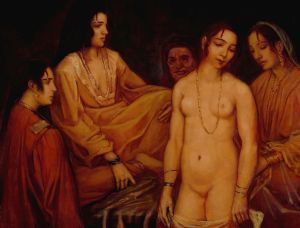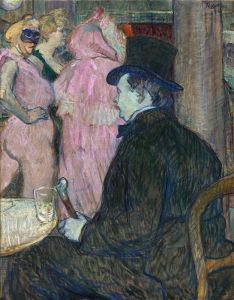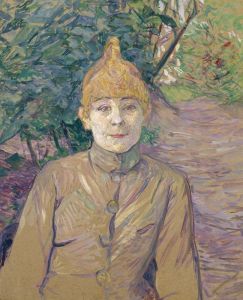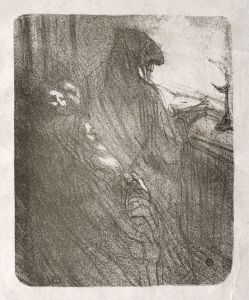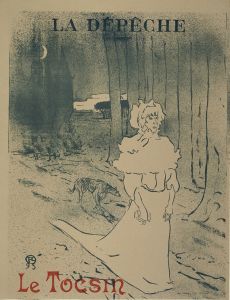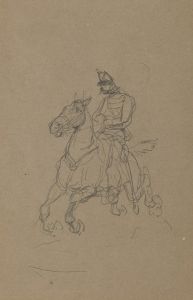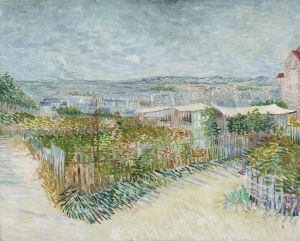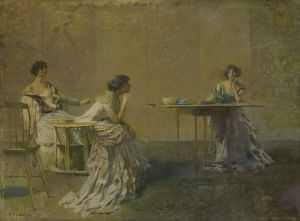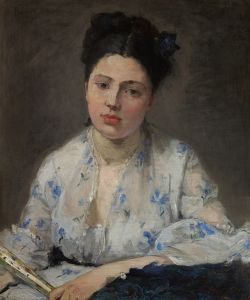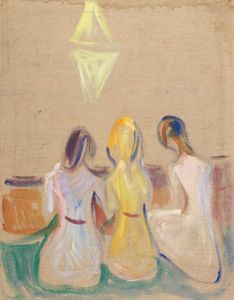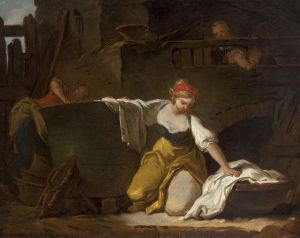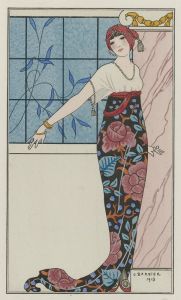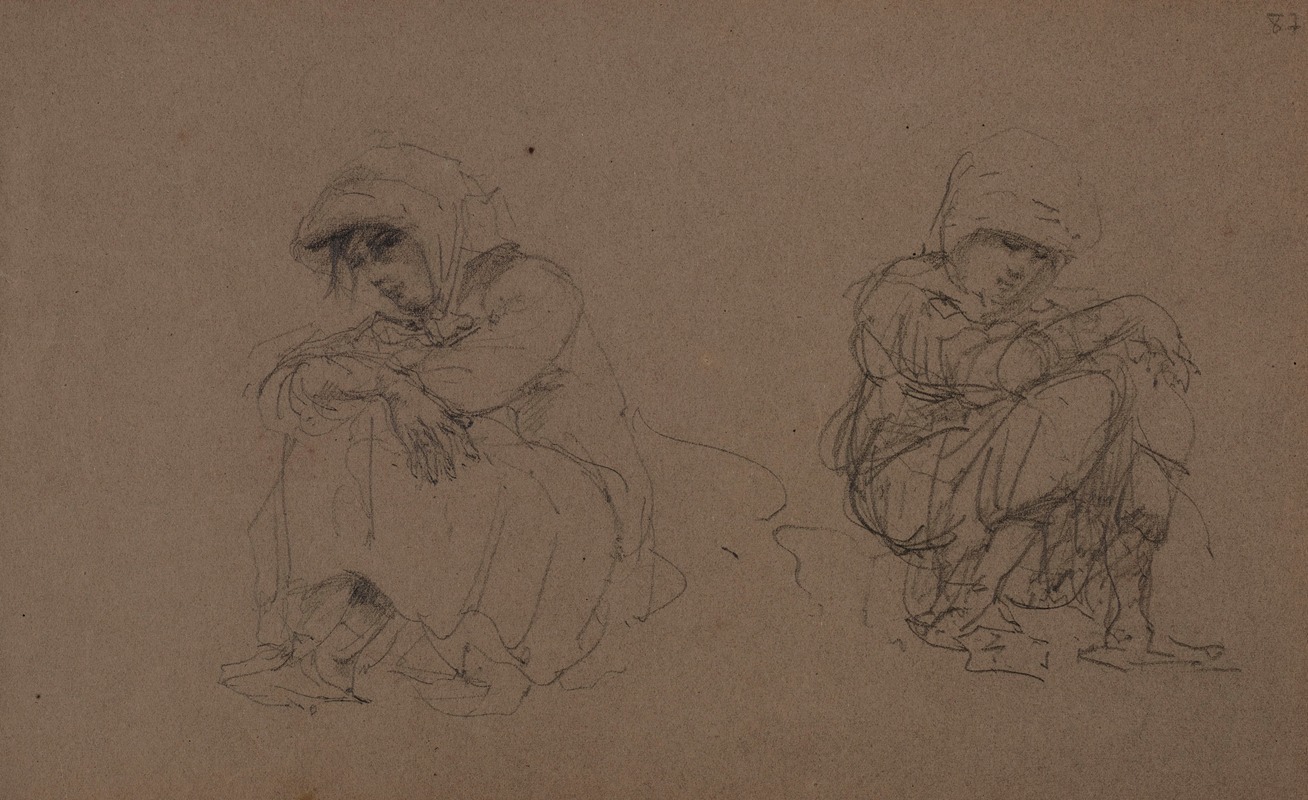
Études de femmes assises
A hand-painted replica of Henri de Toulouse-Lautrec’s masterpiece Études de femmes assises, meticulously crafted by professional artists to capture the true essence of the original. Each piece is created with museum-quality canvas and rare mineral pigments, carefully painted by experienced artists with delicate brushstrokes and rich, layered colors to perfectly recreate the texture of the original artwork. Unlike machine-printed reproductions, this hand-painted version brings the painting to life, infused with the artist’s emotions and skill in every stroke. Whether for personal collection or home decoration, it instantly elevates the artistic atmosphere of any space.
Henri de Toulouse-Lautrec, a prominent French painter and printmaker of the Post-Impressionist period, is widely celebrated for his depictions of Parisian life in the late 19th century. Among his extensive body of work is Études de femmes assises (Studies of Seated Women), a piece that reflects his characteristic focus on the human figure and his ability to capture candid, intimate moments.
Études de femmes assises is a study that showcases Toulouse-Lautrec's interest in portraying women in natural, unposed states. The artwork, as the title suggests, consists of studies of seated women, likely drawn in preparation for larger compositions or as part of his exploration of form and posture. Toulouse-Lautrec often created such studies to refine his understanding of anatomy and movement, emphasizing the individuality and personality of his subjects. These sketches or studies were integral to his creative process, allowing him to experiment with line, proportion, and composition.
The piece is executed in a style characteristic of Toulouse-Lautrec's work, marked by fluid, expressive lines and a sense of immediacy. His ability to convey emotion and character through minimal detail is evident in this study. The women depicted in Études de femmes assises are rendered with a focus on their posture and demeanor, capturing a sense of realism and humanity. This approach aligns with Toulouse-Lautrec's broader artistic goals of portraying the authenticity of his subjects, often drawing inspiration from the working-class individuals, performers, and everyday scenes he encountered in Paris.
Toulouse-Lautrec's works, including Études de femmes assises, are often associated with his time spent in Montmartre, a vibrant district in Paris known for its cabarets, theaters, and bohemian culture. While this particular piece does not directly reference the nightlife or entertainment scenes for which he is most famous, it reflects his broader interest in the human condition and his commitment to capturing the essence of his subjects.
As with many of Toulouse-Lautrec's studies, Études de femmes assises provides insight into his artistic process and his dedication to observing and understanding the nuances of human behavior. The piece is a testament to his skill as a draftsman and his ability to infuse even the simplest studies with depth and character.
Further details about the specific context or creation of Études de femmes assises are limited, as is often the case with studies and preparatory works. However, the piece remains an important example of Toulouse-Lautrec's artistic exploration and his contribution to the Post-Impressionist movement.





